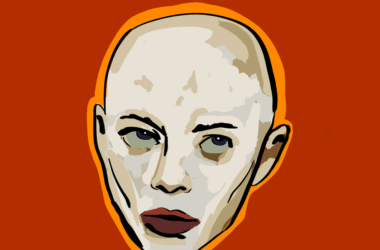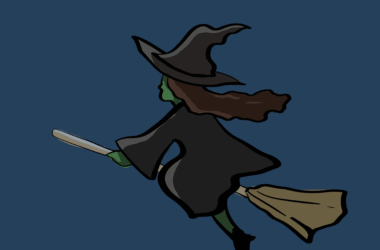Tuesday Night Cafe (TNC) Theatre latest production, Be Tween, depicts the honesty the ephemeral and profound experience of undergoing puberty with charming honesty. Written and directed by Concordia student Phoebe Fregoli, the play begins with middle-schooler Gemma (Michaela Snoyer) waiting at a bus stop for her best friend Julie (Claire Morse). Here, she becomes acquaintances with Harriet (Hannah Silver), a grubby girl who is not afraid to talk about penises. What follows is a romantic, exhilarating unfolding of a day that transforms the lives of the principal characters.
Be Tween began as a part of TNC’s 24-hour playwriting competition in which Fregoli composed a 10-minute play. The current production is an expansion of this original work, yet the single act retains the focus of its source material. The narrative is tonally focused and well-paced, with the success of the production resting on a small but strong cast of six characters. As the play follows the ensemble of middle-schoolers through a single day in their lives, its timeline is inevitably compressed. Fregoli’s masterful writing shines; she strikes the balance between expedited pace and nuanced character development.
Fregoli’s use of space on the stage to mirror the dynamics of relationships between characters is also noteworthy. When Gemma and Harriet wait at the bus stop in the opening scene, the characters stand far apart, at the extreme ends of the stage. As their conversation blossoms, the characters gravitate towards each other. Fregoli uses distance to physically represent the initial wariness of the characters. This meticulous blocking is also noticeable when a character, jealous of the closeness between two other characters, steps between them, literally forcing the pair to separate.
Other aspects of the production, most notably its set and sound design, complement the direction in making the characters come to life.
The set, designed by Holly Hilts and Yasmine Dabbous, is unembellished yet artistic. The look of each scene is highly immersive: Two lockers flank the stage, decorated with cut-out photographs of actors from Harry Potter and Lizzie McGuire; multicoloured pennant flags hanging in the background subtly reminding the audience of the narrative’s middle school setting.
The score, curated by Lo Kecaj, is ambient, featuring iconic pop music from the late 1990s and early 2000s—including The Pussycat Dolls’ “Buttons” in a choreographed number, and Lil Mama’s “Lipgloss” in the school dance scene. Catchy and easily recognizable, the tunes lend the production a dimension of nostalgia, since the target audience was all but raised on these songs. In a similar vein, sounds that trigger transitions between scenes are archetypal of ‘90s visual media, but the success of their integration in the production is debatable; at times, the sound effects are forced and jarring, undercutting moments that otherwise had comedic potential. In general, however, the sound design is highly appropriate to the setting of the narrative and assists in making the production deeply engaging.
Be Tween provides a rich commentary on adolescent lives by scrutinizing the mind of the tween, executed through creative demonstrations of the fantasies of its principal characters. Lighting, designed and operated by Margot Drukker, is critical in quickly transforming the mood onstage. The brilliant use of dimmed red lighting as a character hurriedly constructs a fake account of their first kiss is one notable example of effective set design.
Be Tween is a heartfelt and relatable story: To a tween, middle school feels endless; who partners with whom at the school dance seems capable of changing the course of one’s life. The production’s realistic portrayal of adolescent ignorance is complemented by its sympathetic treatment of the characters, allowing the audience to find meaning in humour, and sincerity in hyperbole.







